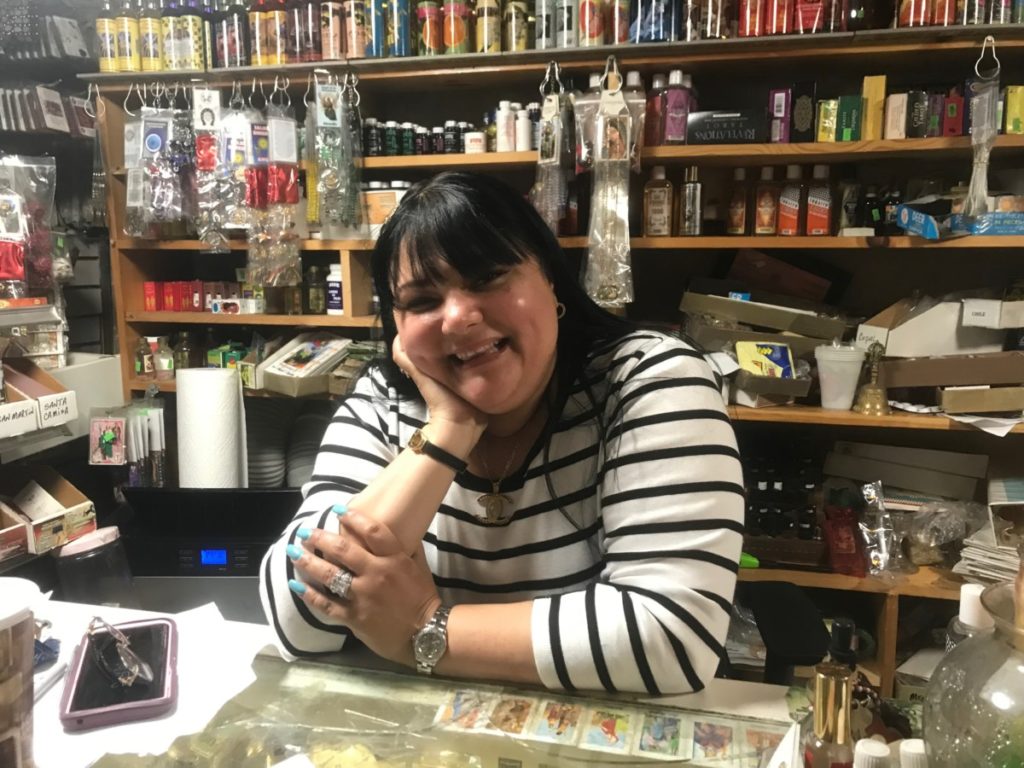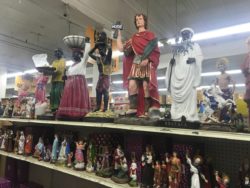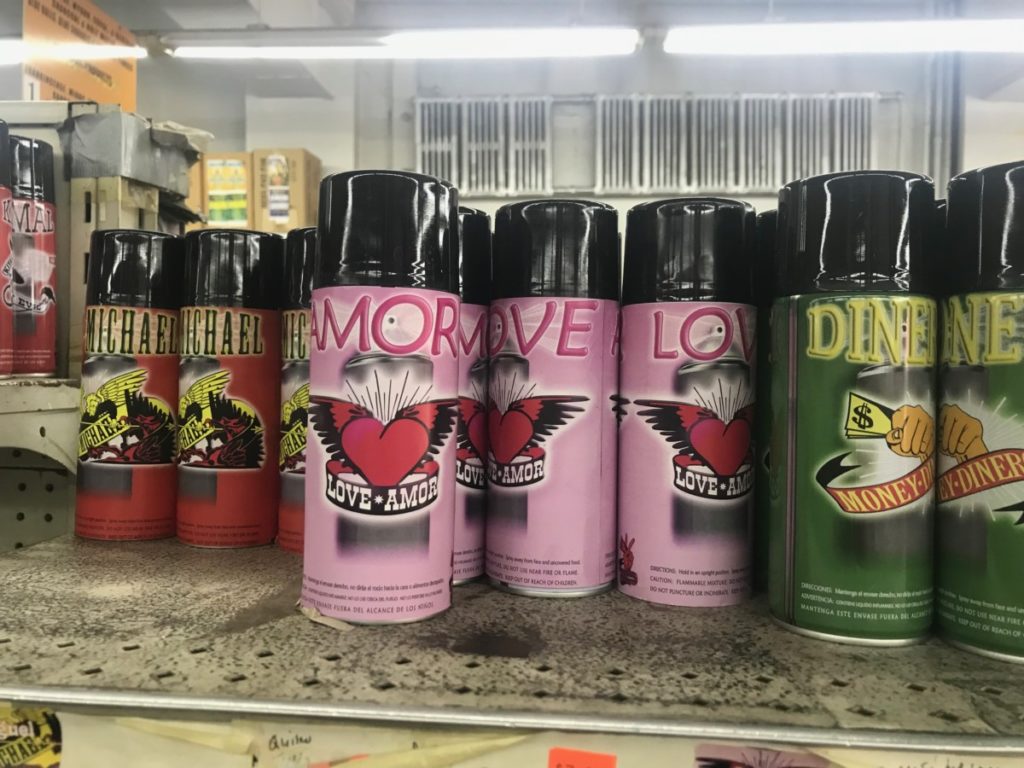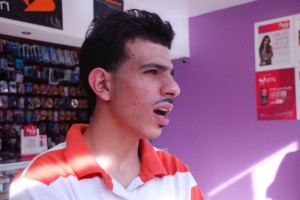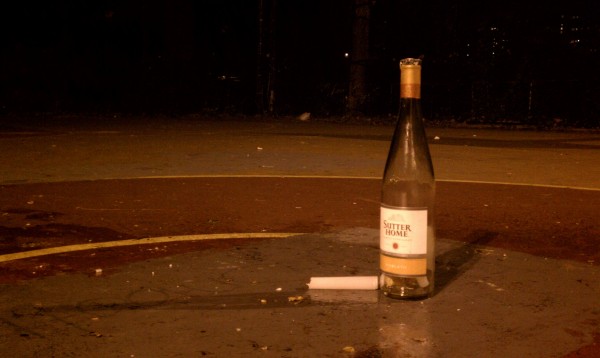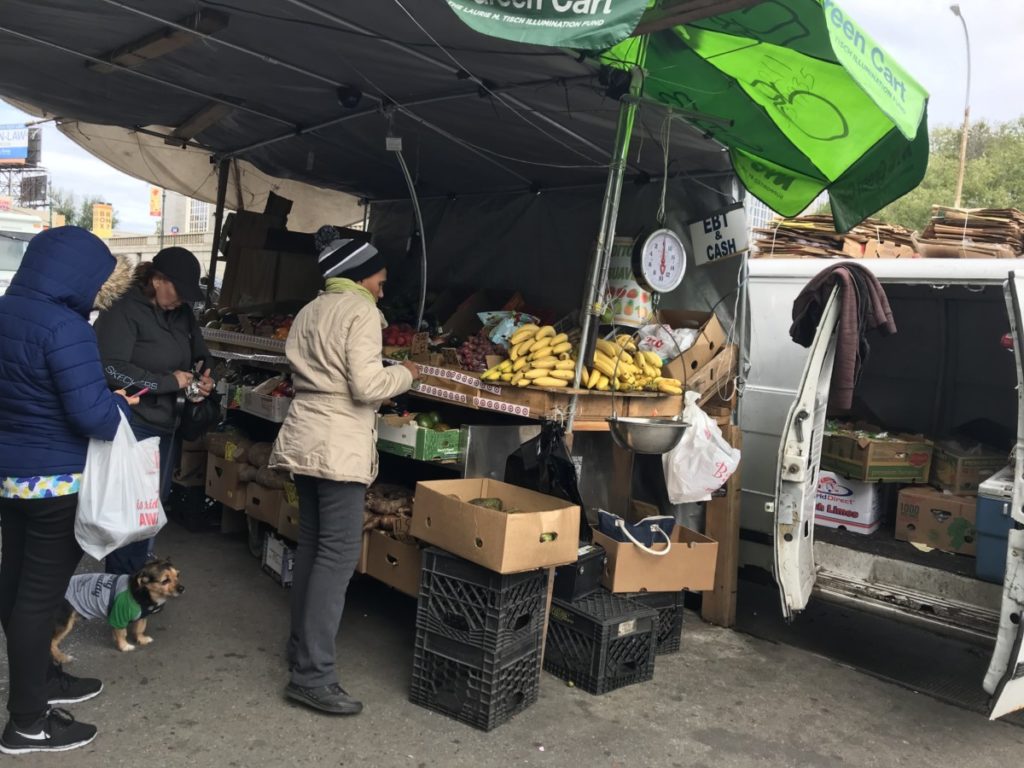
Having enough money at the end of the month is too often a worry for Elsilia Carrasco, a full-time home health care worker who lives with her three children and elderly mother in the Highbridge section of The Bronx.
Every month she tries to stretch her $23,760 annual net income to pay rent, utilities and to buy groceries. Although Carrasco’s income is not enough to cover her expenses, she no longer qualifies for food benefits.
This dilemma has led Carrasco in the past to making the impossible choice of either delaying rent payments or buying groceries.
And it’s about to get even harder.
Pending proposals from the U.S. Department of Agriculture threaten to reduce those eligible for Supplemental Assistance Program (SNAP), commonly known as food stamps, to only families who qualify for welfare cash assistance.
This new ruling would end the option that allows states to use their own criteria to provide food assistance to low-income families who are struggling with salaries slightly above the federal poverty level.
This federal action is expected to cut off 3.1 million families nationwide from the food stamp program.
If the Trump administration rules are implemented, Carrasco’s possibilities to enroll in the program would be even more restricted. Even the current eligibility criteria found her ineligible for food security assistance, because her income was too high for the guidelines of New York State.
Every year on October 1, the SNAP program in New York increases its eligibility guidelines to accommodate the rising cost of food in the area. If pre-Trump era standards were still in place, this year Carrasco would be set to receive about $768 per month in food assistance.
But to qualify now under the new federal guidelines, her salary plus her older son’s fast-food paycheck would have to be $3,118 a month for the family of five, or 130% of poverty. Under the previous regulations, the New York State eligibility cut off was 200% of the poverty rate.
This issue brought Carrasco to Bronx Housing Court in the past, when her landlord began the process to recoup the full rent she owed. She had delayed paying portions of the rent in order to buy groceries.
“I’m not going to let my children go hungry,” Carrasco said. Her housing court case was later settled with the landlord and she remains in her apartment in the present.
Carrasco’s situation is common among home health aide workers across the city and the nation. On May 2018, 192,000 home health aides were registered in New York, the greatest concentration among the states, according to the Bureau of Labor Statistics. Their mean annual wage is $26,240.
“It is very frustrating that the dedicated home care workers providing direct services are frequently on Medicaid and food stamps,” said William Dombi, President of the National Association for Home Care and Hospice, an organization that oversees companies with approximately 250,000 workers around the country. Primary payers such as Medicaid, Veteran Affairs and Agencies on Aging set payment rates so low that it’s hard for workers to make a living and for the caregivers to increase in quality.
Paying $1,215 for her two-bedroom apartment every month is not easy for Elsilia Carrasco on her $1,980 monthly salary after taxes. She often has to make choices on the priority of her bills whenever she runs out of food.
“I have a 15-year-old daughter who still goes to school full time and I’m not getting help,” Carrasco said.
Other home health workers also struggle financially. One in six home care workers lives below the federal poverty line and more than half rely on some form of public assistance, according to a 2019 U.S. Home Care Workers Report from the non-profit Paraprofessional Health Institute. In 2017 the report found that 30% of home care aides received food and nutrition assistance.
The income eligibility for SNAP keeps increasing every year, but the number of families that enroll in the benefit in New York City has not kept up. On April 2019, there were around 1,5 million total recipients, according to the New York City Open Data. This number has been steadily decreasing since 2014. This year, at least 68,000 fewer people enrolled in the food stamp program than April 2018, and around 200,000 fewer people than five years ago.
“Many families are living on the edge financially and they really do need that benefit in order to make ends meet and to make sure that their family is fed,” said Sara Abiola, Professor of Health Policy & Management at Columbia University.
The current income guidelines still allow more families than only those in deep poverty to access the benefit, but that’s about to change. “People are concerned that this new cut would threaten a lot of households in the state have not being able to afford to meet their food needs,” said Abiola.
The Department of Agriculture reported that the new system would check income, assets and other circumstances to determine the participant’s eligibility. This may include families receiving at least $50 in cash assistance for at least six months. Not screening people with more rigorous rules “compromises program integrity and reduces public confidence that benefits are being provided to eligible households,” said the Department of Agriculture in the announcement of the proposed rule.
New York State has been able to provide food stamps to families using broad-based categories, which would be eliminated with the new federal proposals. “If you are able to determine that you are eligible based on one assessment, then you don’t have to go back and re-apply,” Abiola said, “or can determine your eligibility multiple times in multiple different ways.”
Comments against
The comment period on the proposed policy closed on September 23, with 75,000 comments addressed to the Department of Agriculture, according to the Government regulation website. At least 17 governors and the United States Conference of Mayors signed comments in opposition to the proposed rule, including New York Gov. Andrew Cuomo and Mayor Bill de Blasio.
The Paraprofessional Health Institute said one in four direct care workers require food stamps to fulfill their nutritional needs. “Direct care workers commit their professional lives to a rewarding yet poorly rewarded job and this proposed revision would further punish these workers for their important career choice, as well as their families,” said the Bronx-based organization in their comment against the proposed regulation.
The organization foresees that without the benefit, the well being of home care workers and long term care consumers would deteriorate, leaving the threat of a large-scale public health emergency.
The first week of October, the Department of Agriculture for the third time announced new cuts to the food stamp program, proposing to standardize across states the way heat and cooling utility expenses are calculated into the eligibility requirement. The department calculated that $4.9 billion could be cut from its food stamp program over the next five years, if approved.
The new regulation would hit the colder, northern states the hardest if approved. And, New York could be one of them.
On August 2019, New Yorkers paid 15% more than the national average for natural gas, and 45% more than the national average for electricity, according to the Bureau of Labor Statistics.
This would make it even harder for Carrasco to enroll in SNAP. She stopped to think about her lost path to get food stamps and said
“I think the system is upside down,” Carrasco said. “It’s not fair. Instead of helping the ones who really need help.”



